MTL 4549Y
在当今全球经济竞争激烈的环境下,制造工艺的细小改进可产生巨大的竞争优势。这种观念正在驱使工厂车间发生根本性的转变。制造商正在部署最新的传感器技术,采用新的控制架构,并开始挖掘“大数据”和数据分析的潜力。
用于跟踪环境和过程监测变量的传感器数量不断增长,工厂通过将PLC靠近控制过程,寻求减少瓶颈以及缩短环路的机会,这就加速了向分布式控制架构的转变。最终,提高运营效率和收益预期将推动发生自PLC发明以来最大的工厂改造。
这为PLC工程师带来了相当大的挑战。为赢得这一市场,系统设计师需要将更多的I/O和功能封装起来,以保证更小的体积。问题是,能够从微处理器数字器件获得的空间相对较小。当今的高级PLC模块中,模拟和分立式元件占据了大约85%的电路板空间。电路板上这一显著问题是工程师们不容忽略的关键因素。对于微型PLC和嵌入式控制器,许多在前期工作良好的模拟和分立式元件占据太大的空间。只有凭借更高的集成度、跨PLC平台设计,才能实现工业4.0的优势。
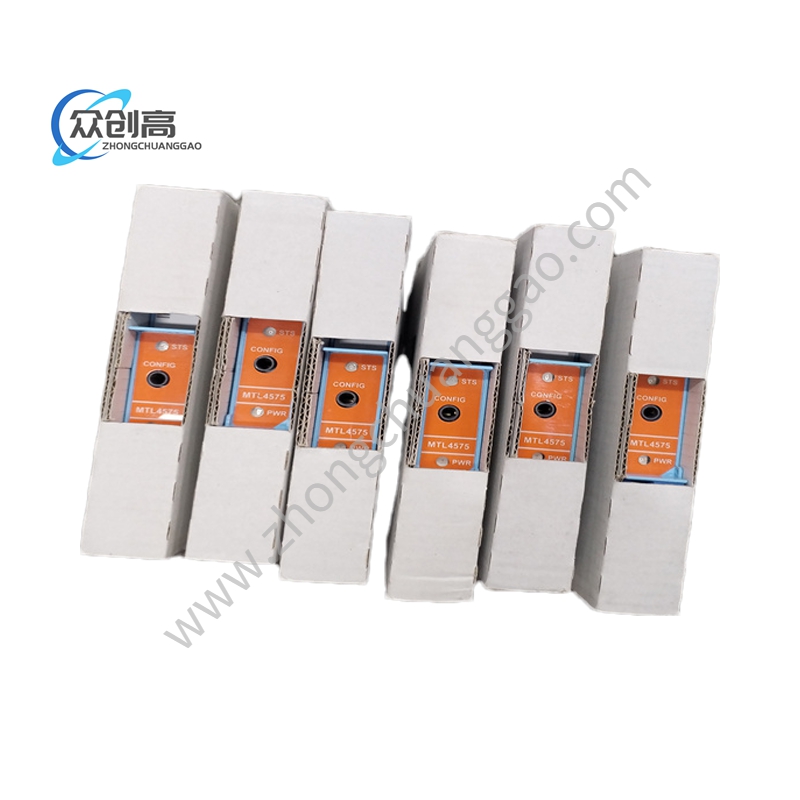
In today's fiercely competitive global economy, small improvements in manufacturing processes can generate significant competitive advantages. This concept is driving a fundamental transformation in the factory workshops. Manufacturers are deploying the latest sensor technology, adopting new control architectures, and starting to tap into the potential of 'big data' and data analysis.
The number of sensors used to track environmental and process monitoring variables is constantly increasing, and factories are seeking opportunities to reduce bottlenecks and shorten loops by bringing PLCs closer to the control process, accelerating the transition to a distributed control architecture. Ultimately, improving operational efficiency and revenue expectations will drive the largest factory renovation since the invention of PLC.
This presents significant challenges for PLC engineers. To win this market, system designers need to package more I/O and functionality to ensure a smaller volume. The problem is that the space available from microprocessor digital devices is relatively small. In today's advanced PLC modules, analog and discrete components occupy approximately 85% of the circuit board space. This significant issue on the circuit board is a key factor that engineers cannot ignore. For micro PLCs and embedded controllers, many analog and discrete components that work well in the early stages occupy too much space. Only with higher integration and cross PLC platform design can the advantages of Industry 4.0 be achieved.



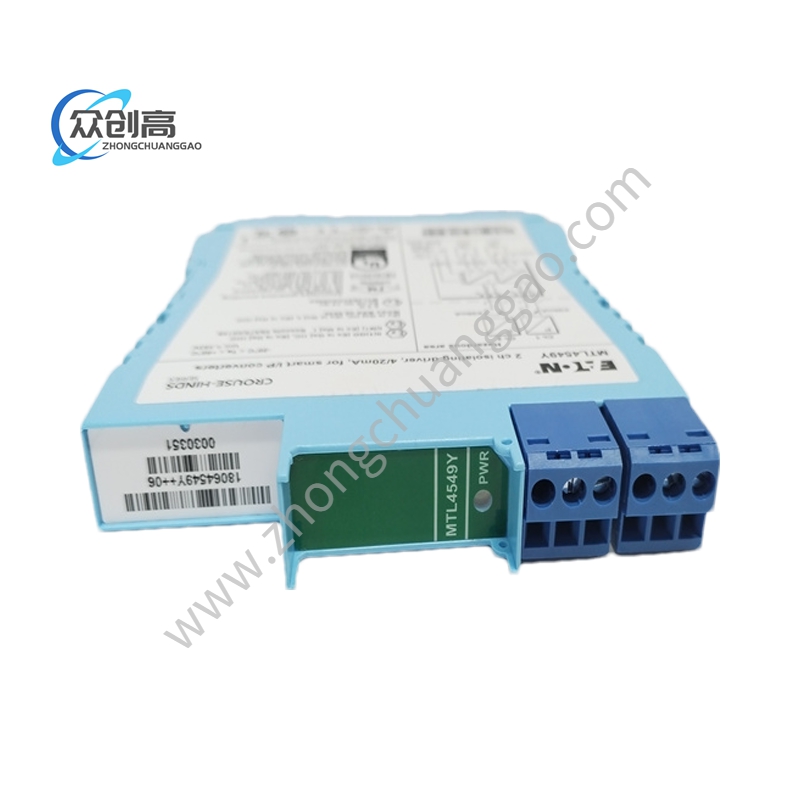
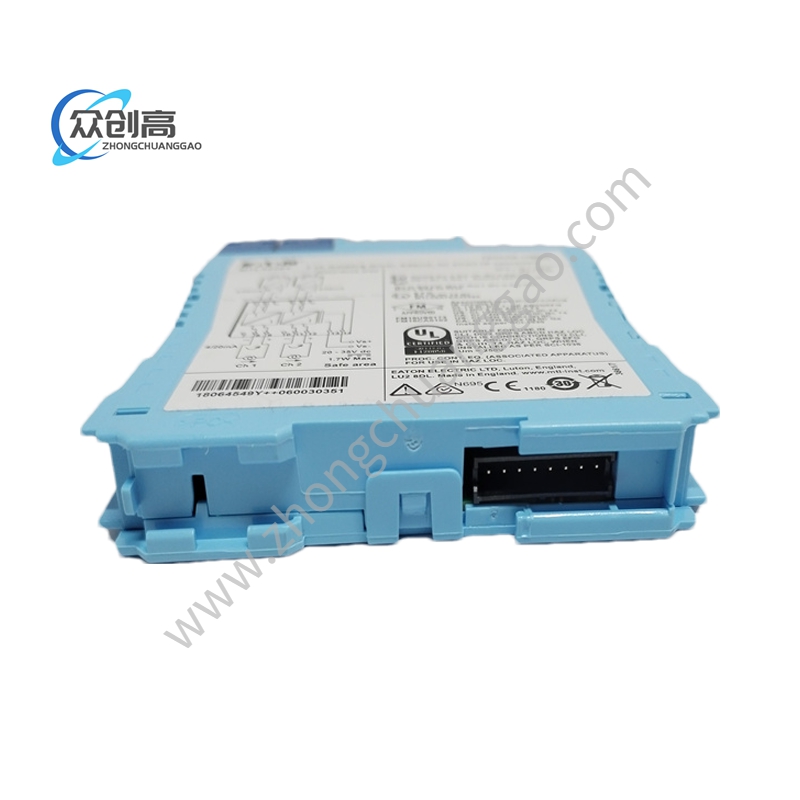
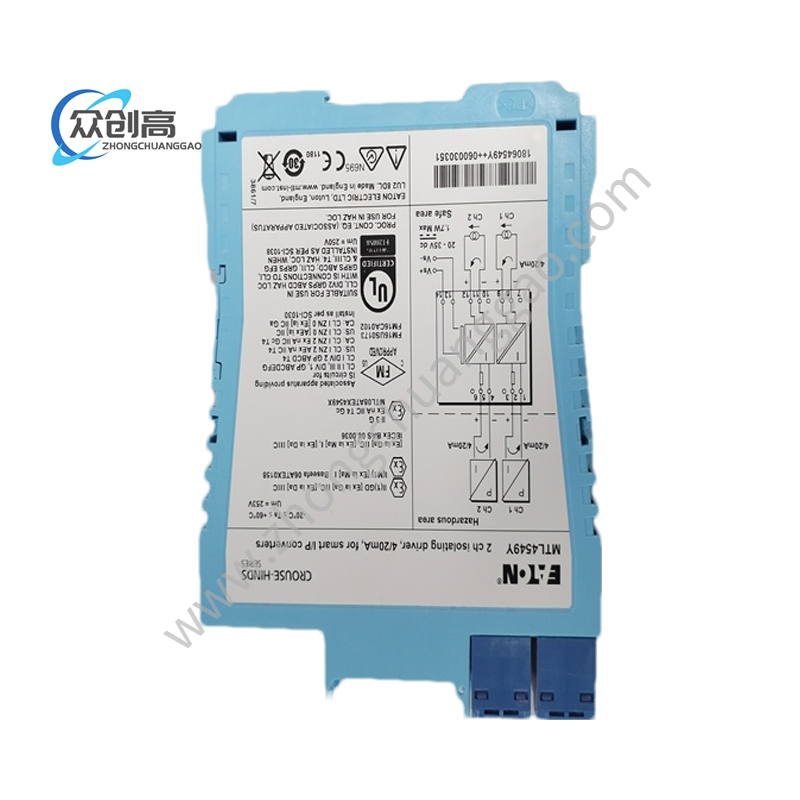
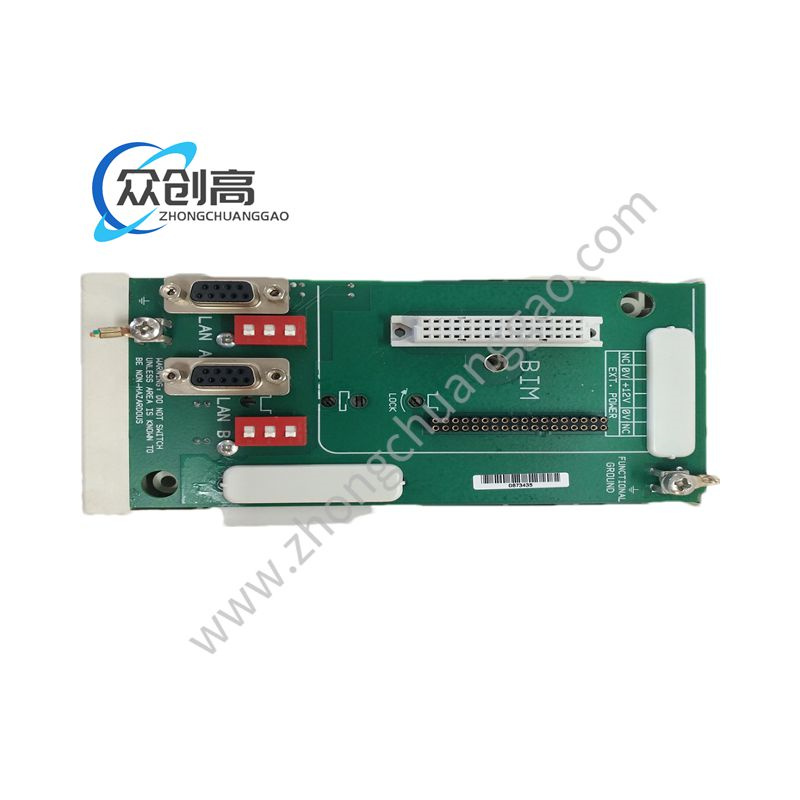 Mtl 8715-CA-BI
Mtl 8715-CA-BI  Mtl 8507-BI-DP
Mtl 8507-BI-DP 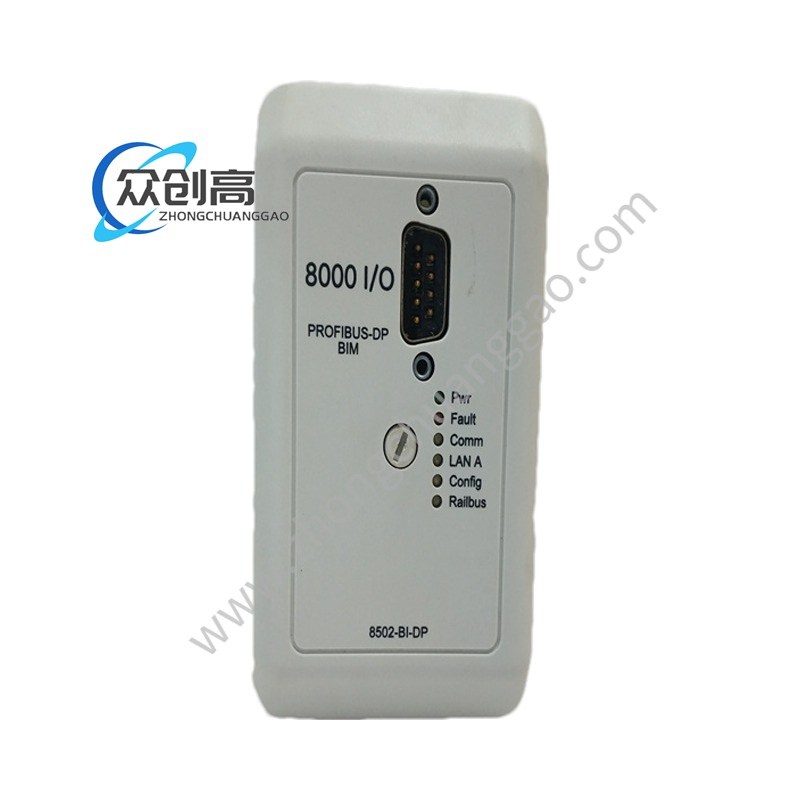 Mtl 8502-BI-DP
Mtl 8502-BI-DP  MTL 8502-B1-DP
MTL 8502-B1-DP 